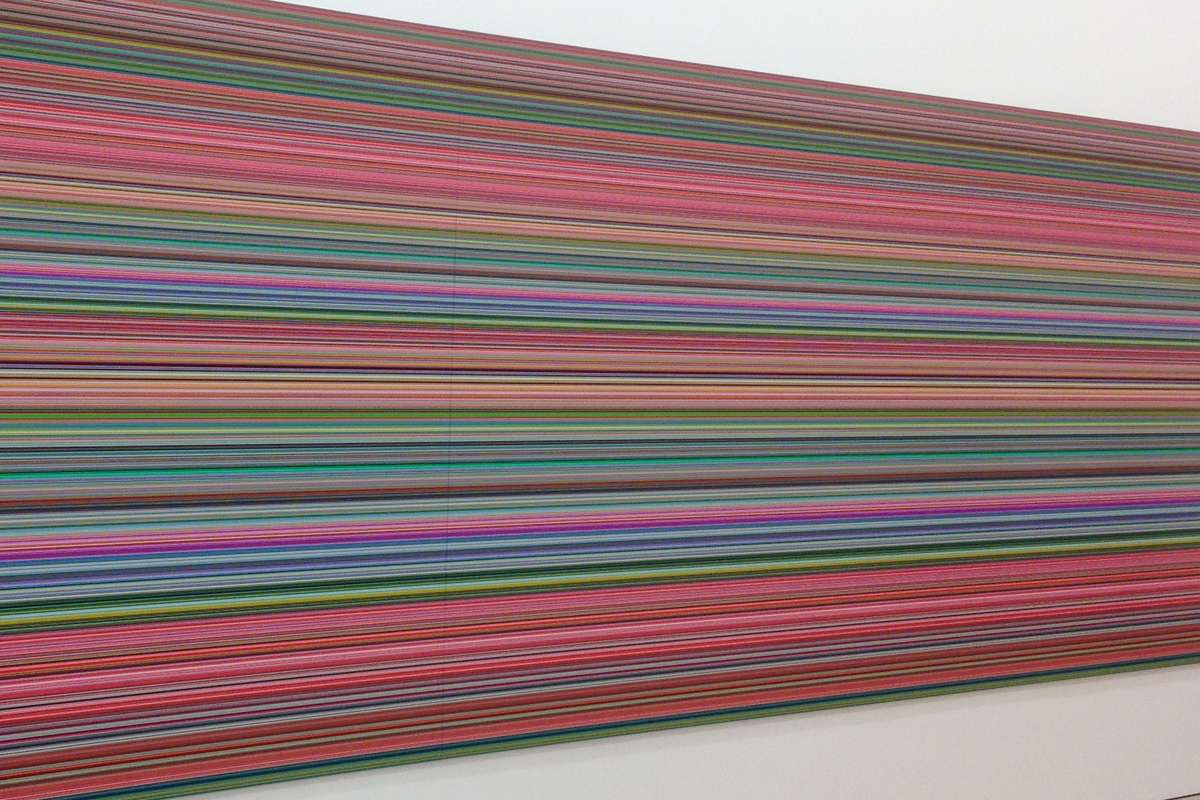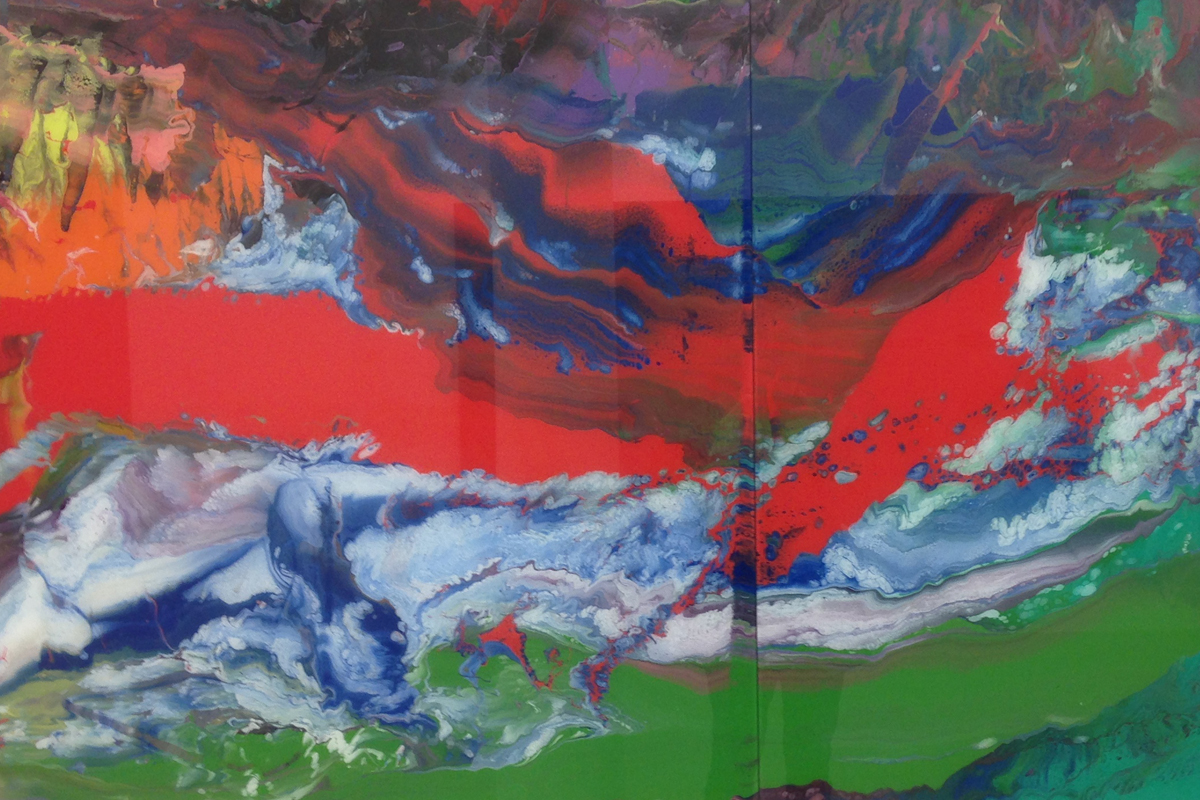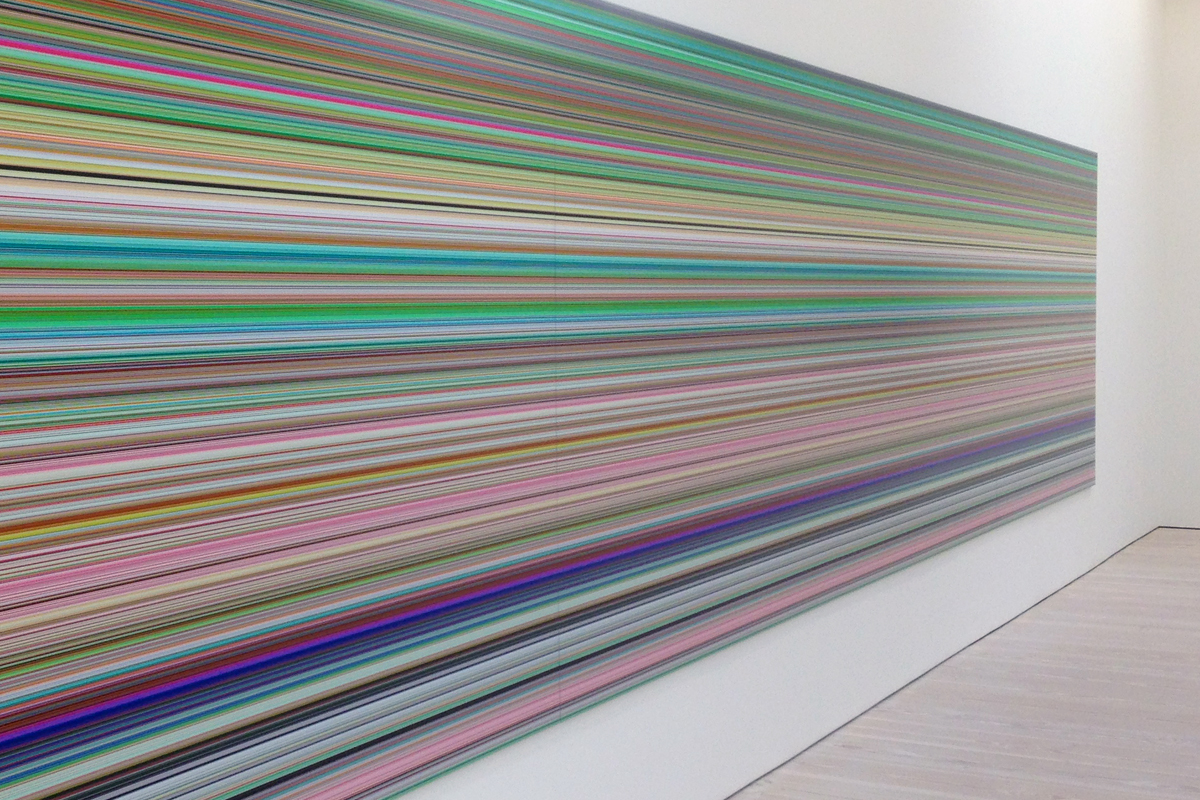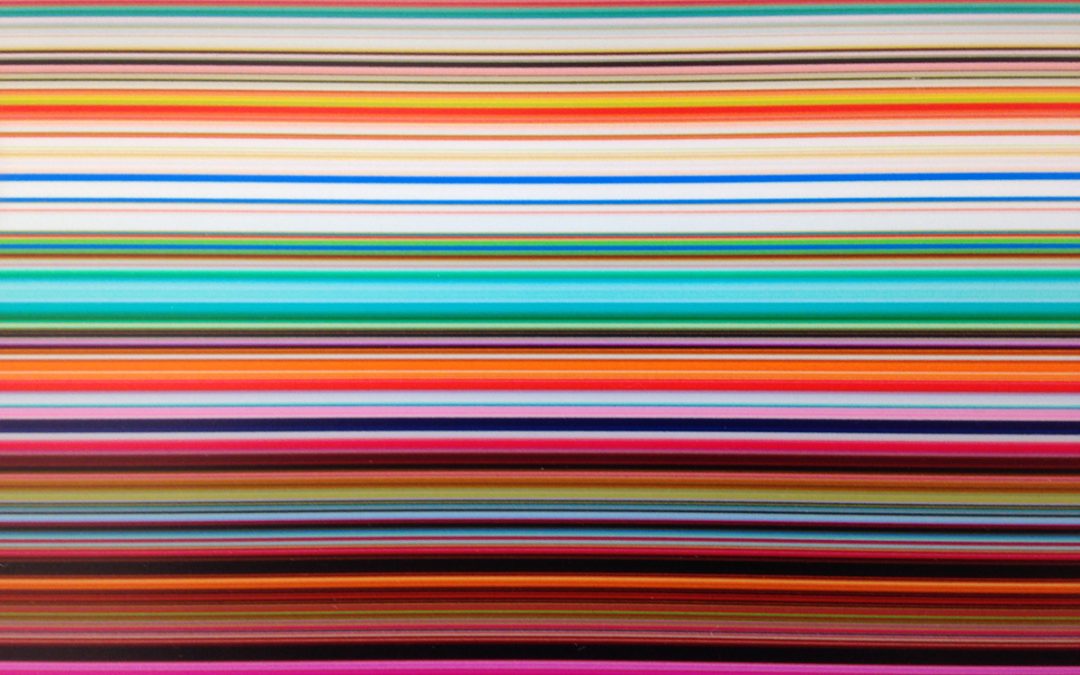Gerhard Richter is another artist whose work and style intrigue and inspire me.
Richter is widely regarded as one of the most important and influential contemporary German artists. Born in Dresden, Saxony, on 9th February 1932, Richter grew up in what is now Bogatynia, Poland. He worked as an advertising and stage-set painter upon leaving school before studying at the Dresden Academy of Fine Arts. Between 1949 and 1951, he worked as an apprentice with a sign painter and as a painter. His original application for study at the Dresden Academy of Fine Arts was rejected. His work was thought of as ‘too bourgeois’. But he did eventually begin his studies in 1951.
A fascination influenced Richter’s earliest paintings with current affairs and popular culture. His work utilised images from magazines and newspaper cuttings. Through the 1960s, Richter continued to produce work featuring found imagery, including military aircraft, portraits, and aerial photographs.
Richter commented –
“Pop art is neither an American invention nor an import, yet the terms and names were coined in the US, where they were popularised much faster than in Germany. This kind of art has evolved organically and independently over here, yet at the same time it becomes an analogy to American pop art due to certain psychological, cultural and economical preconditions that are the same in Germany as they are in the US. […] For the first time we are showing paintings in Germany that relate to those terms, representing pop art, junk culture, imperial or capitalistic realism, new figuration, naturalism, German pop and other comparable terms.”
Taken from a letter to the “Neue Deutsche Wochenschau”, 29 April 1963
I visited an exhibition of his work at a gallery in Soho, London. One lasting memory was the size, scale and enormity of many of his pieces, and some are 6″ tall and 20″ or more in length.
I understand the process is very controlled and methodical, almost ‘factory like’. He uses a printing machine to get a precise finish onto a single piece of aluminium sheet. For years he’s been developing this technique, getting more accurate with exact straight lines and bright, vivid colours.
Richter has produced realistic paintings, photographs and glass pieces. However, today, he’s most well known for his large colourful abstract paintings.
Recently he’s received several highly distinguished awards and presented many solo exhibitions in his own country, but also overseas.
In 2020 he was featured in an exhibition at The Met in New York. Find out more here
Find out more about Gerard Ritchner here




